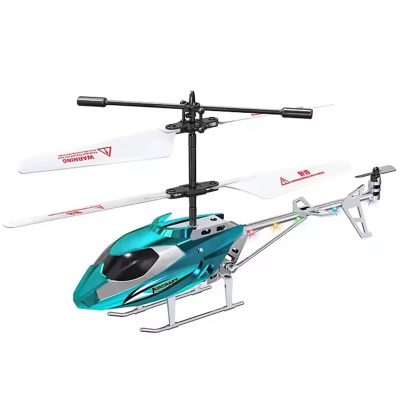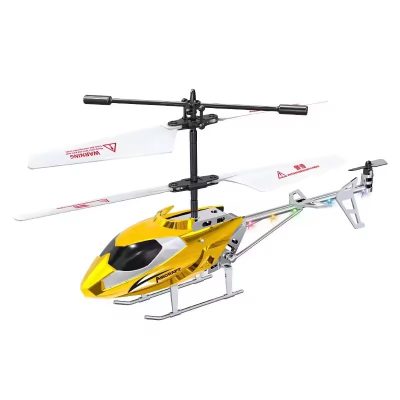Introduction
RC helicopters have come a long way since their inception, evolving from simple models to highly advanced machines. Understanding the history and evolution of RC helicopters can provide valuable insight into the advancements and innovations that have shaped the hobby. In this blog post, we’ll take a historical perspective on the evolution of RC helicopters.
Early Beginnings
The journey of RC helicopters began in the mid-20th century, marked by significant milestones:
- 1940s-1950s: The first radio-controlled aircraft, including helicopters, emerged during this period. Early models were rudimentary and often unreliable due to limited technology.
- 1960s: Advances in radio technology and model engineering led to more sophisticated RC helicopters. Enthusiasts began experimenting with different designs, leading to the development of more stable and controllable models.
The Rise of Commercial Models
The 1970s and 1980s saw the rise of commercially available RC helicopters:
- 1970s: Companies like Schluter Helicopters introduced the first commercially successful RC helicopter kits. These kits allowed hobbyists to build and fly their own helicopters, sparking widespread interest.
- 1980s: The introduction of more reliable radio systems and electric motors made RC helicopters more accessible and user-friendly. Brands like Hirobo and Kyosho became popular, offering a range of models for different skill levels.
Technological Advancements
The 1990s and 2000s brought significant technological advancements that revolutionized the RC helicopter hobby:
- Gyro Stabilization: The introduction of gyro stabilization systems in the 1990s greatly improved the stability and control of RC helicopters. This technology allowed for smoother flights and made it easier for beginners to learn.
- Brushless Motors: The advent of brushless motors in the 2000s provided more power, efficiency, and durability compared to brushed motors. This innovation enabled higher performance and longer flight times.
- Lithium Polymer (LiPo) Batteries: LiPo batteries became the standard power source, offering higher energy density and lighter weight. This advancement extended flight times and improved overall performance.
The Digital Age
The digital age has further transformed the RC helicopter landscape with cutting-edge technology:
- Advanced Electronics: Modern RC helicopters feature sophisticated electronics, including programmable flight controllers, telemetry systems, and GPS navigation. These advancements enhance control, safety, and functionality.
- 3D Flying: The development of collective pitch helicopters enabled 3D flying, allowing pilots to perform aerobatic maneuvers such as flips, rolls, and inverted flight. This style of flying has become a popular discipline within the hobby.
- FPV (First-Person View): FPV technology has introduced a new dimension to RC helicopter flying. Pilots can now experience real-time video feed from their helicopter’s perspective, enhancing the immersive experience.
The Future of RC Helicopters
The future of RC helicopters looks promising with ongoing innovations:
- Autonomous Features: The integration of autonomous features, such as obstacle avoidance and auto-pilot functions, is expected to enhance safety and expand the possibilities of RC helicopter applications.
- Eco-Friendly Innovations: There is a growing focus on eco-friendly technologies, including electric power and sustainable materials, to reduce the environmental impact of RC helicopters.
- Virtual Reality (VR): The combination of FPV and VR technology could provide even more immersive and realistic flying experiences, pushing the boundaries of the hobby.
Conclusion
The evolution of RC helicopters is a testament to the continuous advancements in technology and engineering. From the early days of rudimentary models to the highly advanced machines of today, RC helicopters have undergone significant transformations. As technology continues to evolve, the future of RC helicopters holds exciting possibilities, promising even more innovation and enjoyment for enthusiasts around the world.








